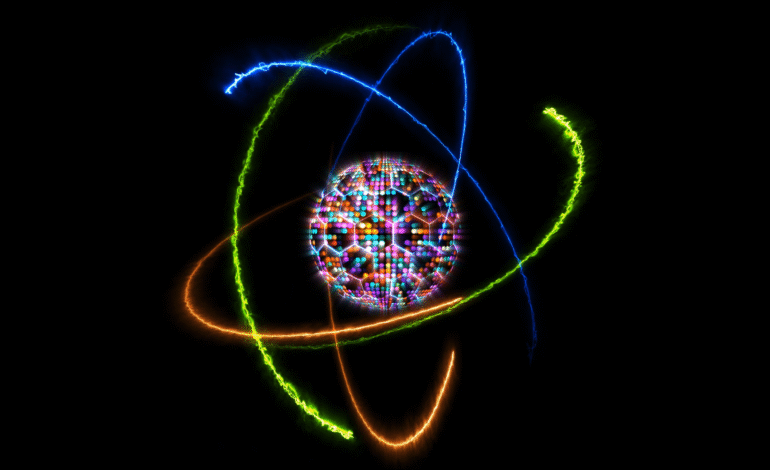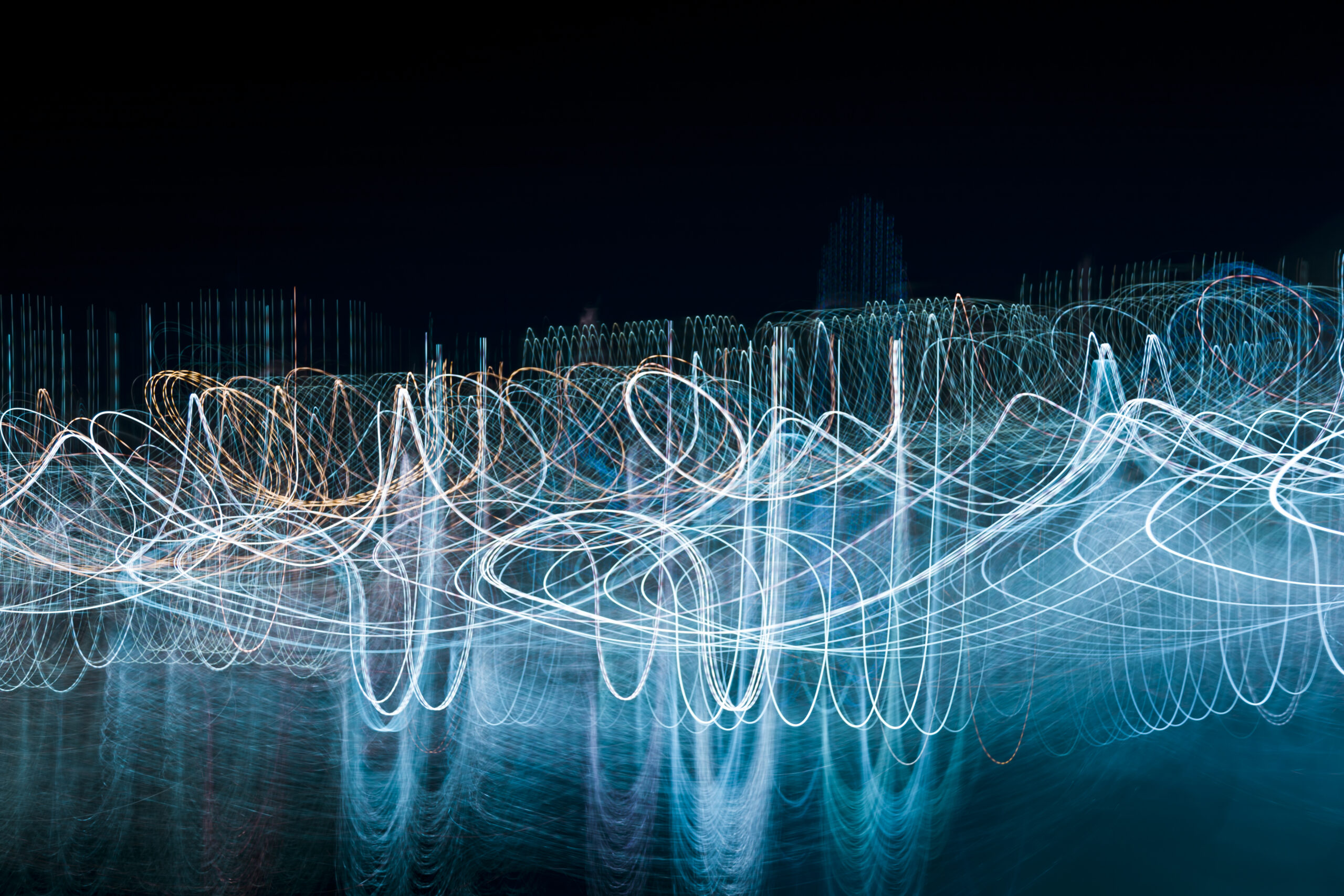India Achieves 1km Quantum Secure Communication

India has entered a transformative new era in secure communications, marked by a successful experimental demonstration led by the DRDO-Industry-Academia Centre of Excellence (DIA-CoE) at IIT Delhi. This cutting-edge advancement showcases the potential of quantum technologies in real-world applications and positions India among a select group of nations exploring quantum-secured data transmission.
The significant breakthrough involves free-space quantum secure communication using quantum entanglement over a distance exceeding one kilometre. Achieved via a specially designed free-space optical link within the IIT Delhi campus, this milestone marks the beginning of India’s journey into advanced quantum communication systems.
The Quantum Communication Experiment: What Was Achieved
The demonstration focused on enabling secure communication based on quantum entanglement, a phenomenon where particles remain interconnected across distances. The experiment recorded a secure key rate of approximately 240 bits per second while maintaining a quantum bit error rate below 7%—a vital indicator of the accuracy and reliability of the transmission.
Conducted under the DRDO-sanctioned project titled “Design and development of photonic technologies for free space QKD”, the experiment was executed by Professor Bhaskar Kanseri’s research group. It successfully established a robust quantum-secure link using entangled photons, ensuring that any attempt at interception would immediately disrupt the system and be detected—underscoring the ultra-secure nature of quantum communication.
Why Entanglement-Based Communication Matters More Than Ever
This demonstration used entanglement-assisted Quantum Key Distribution (QKD), a far more advanced technique than conventional “prepare-and-measure” methods. In entanglement-based QKD, two users share a pair of entangled photons. If a third party tries to intercept or measure this data, the entangled state gets disturbed, revealing the breach immediately.
This method of communication ensures unmatched security, especially in an era of increasing cyber threats. Unlike traditional cryptography that can be compromised with powerful computing systems or future quantum computers, quantum-secure systems are built on the immutable principles of physics, making them theoretically unbreakable.
Significance for India’s Technological and Strategic Advancement
This landmark achievement goes beyond academic success. It is a significant step toward realizing India’s national goals in quantum technology. The experiment validates India’s ability to create secure long-distance communication networks and supports future goals such as building a full-scale quantum internet, developing quantum networks, and advancing real-time applications in cybersecurity.
More importantly, it has direct applications in defense, critical infrastructure protection, financial systems, and government communication channels. These are sectors where security cannot be compromised, and where quantum technology can provide the highest level of assurance.
The experiment took place in the presence of high-ranking dignitaries including the DRDO Director General (MED, COS & CS), the Director of SAG, the Director of DFTM, the Dean of R&D at IIT Delhi, the Director of DIA-CoE, and DRDO laboratory scientists. Their participation underlined the national importance of this scientific milestone.
Bridging Academia, Industry, and Defense: A Collaborative Success
What makes this achievement particularly noteworthy is the model of collaboration it represents. The DIA-CoE at IIT Delhi serves as a vital bridge between academia, industry, and defense research. It showcases how India is fostering interdisciplinary cooperation to drive innovation in emerging technologies.
The success of Professor Kanseri’s research team is a powerful testament to this model. It also reflects the importance of nurturing talent and investing in frontier research within academic institutions that can scale into strategic applications.
Congratulatory Messages from National Leadership
Dr. Samir V. Kamat, Secretary of the Department of Defence R&D and Chairman of DRDO, praised the success, describing it as a “game changer in future warfare”. He highlighted that this form of quantum-secure communication holds immense potential in enhancing the safety and secrecy of sensitive communications for defense forces.
Professor Rangan Banerjee, Director of IIT Delhi, also congratulated the research team, noting that the achievement not only reflects India’s progress in quantum research but also affirms the institution’s commitment to technological leadership. He emphasized that such breakthroughs will contribute significantly to building an indigenous quantum ecosystem.
Paving the Path for Future Quantum Networks and the Quantum Internet
The ultimate goal of such technologies is the development of a fully functional quantum network—a secure web of quantum systems interconnected across vast distances. This network will form the backbone of the future quantum internet, enabling ultra-secure data transmission, distributed quantum computing, and other novel applications.
India’s demonstration of secure key distribution using entangled photons over free space marks a critical first step in building such networks. It also aligns with global trends where countries are investing in satellite-based QKD systems and quantum communication infrastructures to future-proof their cybersecurity systems.
Real-World Applications and Strategic Implications
In real-world terms, quantum-secure communication can revolutionize sectors like banking, finance, defense, space, healthcare, and energy. Sensitive financial transactions, satellite communications, and power grid controls could all benefit from the near-impenetrable security offered by QKD.
In particular, the implications for defense are profound. Secure battlefield communications, encrypted drone commands, and protected intelligence networks can all be enhanced using this technology. As global warfare moves toward more cyber and information-based tactics, quantum-secured channels will be essential in maintaining technological superiority.
A Broader View: India’s Place in the Global Quantum Ecosystem
This achievement contributes to India’s ongoing mission to be a major player in the international quantum technology race. India is already working under the National Mission on Quantum Technologies and Applications (NM-QTA), which envisions a self-reliant and advanced quantum research ecosystem.
Countries like China, the US, and members of the European Union have already initiated nationwide quantum communication networks and quantum satellites. India’s success in achieving secure communication over a kilometre positions it favorably in this evolving landscape.
As quantum communication continues to evolve, international collaboration and standardization will be essential. India’s demonstrated capability provides it with leverage to contribute meaningfully to these global discussions, not only as a user of quantum technologies but as a developer and innovator.
Overcoming Technical Challenges to Achieve Success
Creating a working model of quantum-secure communication in a real-world environment requires overcoming numerous technical challenges. Atmospheric disturbances, photon loss, synchronization, and detector efficiency are among the many hurdles faced in free-space experiments.
The successful trial at IIT Delhi demonstrates that Indian scientists are not only capable of developing the underlying theory but also implementing practical, real-world solutions. It sets a strong foundation for future trials involving larger distances, urban environments, or even satellite-to-ground communication.
The Need for Skill Development and Policy Support
As India moves deeper into the quantum era, there will be an increasing need to build capacity in the form of skilled researchers, engineers, and technicians. Establishing dedicated educational programs in quantum optics, photonics, cryptography, and quantum information science will be crucial.
Equally important will be regulatory frameworks and ethical guidelines that ensure the responsible development and deployment of quantum technologies. These should support innovation while safeguarding civil liberties, data rights, and international norms.
A Defining Moment in India’s Scientific Evolution
India’s successful demonstration of quantum secure communication over free space is more than a scientific feat—it is a national milestone that symbolizes progress, innovation, and collaboration. It represents the confluence of deep research, visionary leadership, and coordinated action between multiple institutions.
This breakthrough paves the way for a new age of secure communication, not just for defense and governance, but for society at large. As quantum technologies continue to reshape the global landscape, India’s proactive efforts ensure it will not only participate in but also help shape the quantum future.
By stepping boldly into this quantum frontier, India signals its readiness to contribute to the next wave of technological evolution—secure, interconnected, and governed by the timeless laws of physics.







